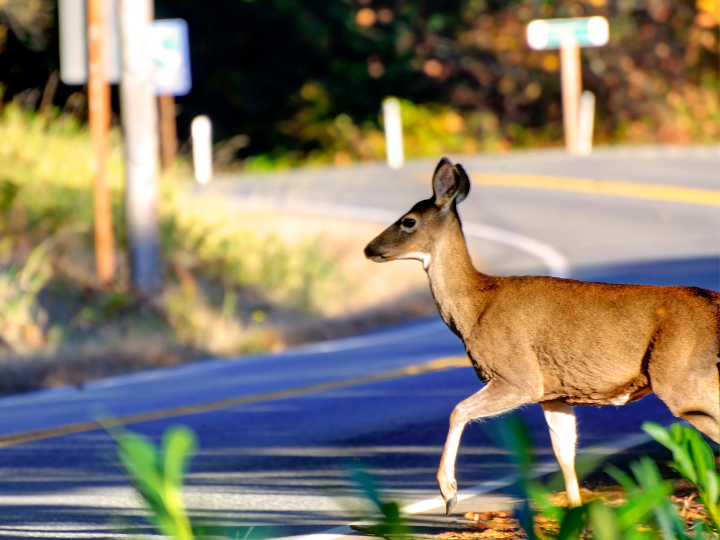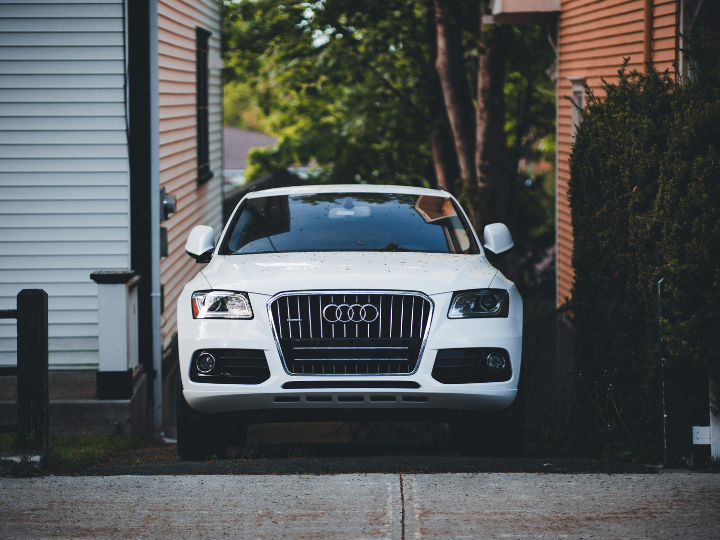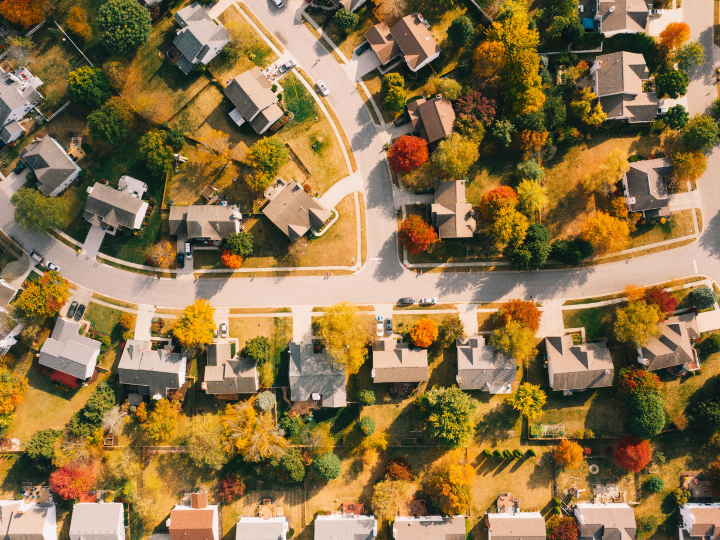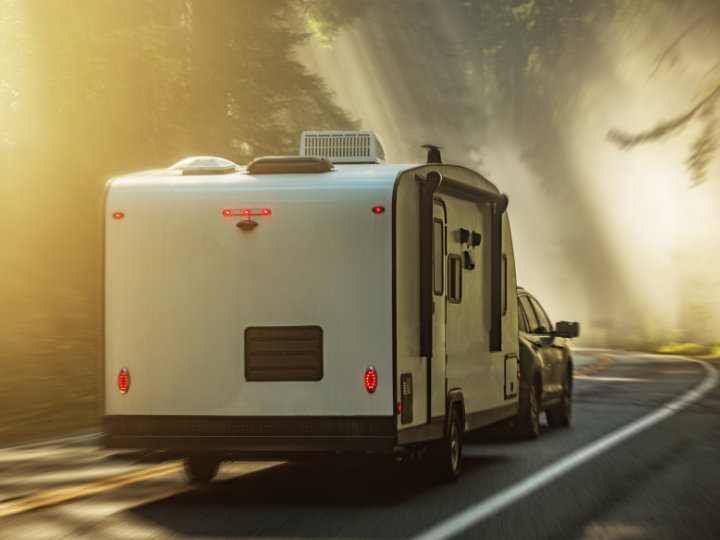If you’ve ever driven down a country road in Ontario during October or November, you know how quickly a deer can appear out of nowhere. Fall is prime season for deer collisions, and the numbers show a clear spike during these months. The reason is twofold: fall is both mating season and migration season. Deer are more active, moving greater distances, and less cautious near roads. Combined with shorter days, reduced visibility, and more evening driving, it’s no surprise that collisions increase significantly at this time of year.
Most incidents occur at dusk and dawn when deer are most active and drivers may not see them until it’s too late. Even at relatively low speeds, hitting a deer can cause significant damage to your vehicle – and serious injury to passengers.
The Risks of a Collision
While some deer collisions result in minor fender damage, many cause thousands of dollars in repairs. Headlights, hoods, bumpers, and windshields often take the brunt of the impact. In more severe accidents, airbags can deploy, frames can be bent, and vehicles may even be written off as total losses. Beyond the property damage, there’s also the risk of injury to drivers and passengers, particularly when swerving causes a secondary accident with another vehicle or a roadside obstacle.
Given the rising costs of repairs and healthcare, the financial impact of a deer collision can be overwhelming without the right insurance in place.
How Auto Insurance Responds to Deer Collisions
When it comes to coverage, many drivers are surprised to learn that basic liability insurance does not cover damage caused by hitting a deer. To be protected, you need to carry comprehensive coverage on your policy. Comprehensive insurance is designed for non-collision incidents such as theft, fire, falling objects, and animal strikes. If you have it, your insurer will typically cover the cost of repairs, minus your deductible.
If a collision with a deer results in injuries, your accident benefits coverage would step in to cover medical costs and rehabilitation. And if you swerve to avoid a deer but collide with another vehicle or object, your claim may fall under collision coverage instead of comprehensive. This distinction highlights why it’s so important to review your policy carefully and understand exactly what’s included.
Preventing Deer Collisions
While no driver can completely eliminate the risk, there are practical steps to reduce your chances of hitting a deer. Stay alert in high-risk areas marked with deer crossing signs and slow down during dawn and dusk when visibility is reduced. Use your high beams at night when there is no oncoming traffic, as this can help illuminate deer earlier. If you see one deer, expect more nearby – deer often travel in groups.
Most importantly, if a collision is unavoidable, it is generally safer to brake firmly and hit the animal than to swerve. Swerving can lead to far more dangerous crashes involving oncoming vehicles, guardrails, or ditches.
Why Reviewing Your Coverage This Fall Matters
Fall is the perfect time to revisit your auto insurance coverage before icy roads and winter driving conditions arrive. If you frequently drive in rural or wooded areas, ensuring that you have comprehensive coverage is a must. Without it, the full cost of repairing or replacing your vehicle after a deer collision will fall on you.
A conversation with your broker can confirm whether your policy covers animal strikes, help you assess whether your deductible makes sense for your situation, and explore ways to balance cost with protection.
_
Deer collisions are an unfortunate but common part of fall driving in Ontario and across Canada. The combination of shorter days, mating season, and rural roads means more encounters with wildlife and greater risk on the road. With the right mix of prevention and insurance protection, you can minimize both the danger and the financial impact of these accidents.
Is your auto policy ready for fall? Speak with us today to review your coverage and make sure you’re fully protected before peak deer season hits.










